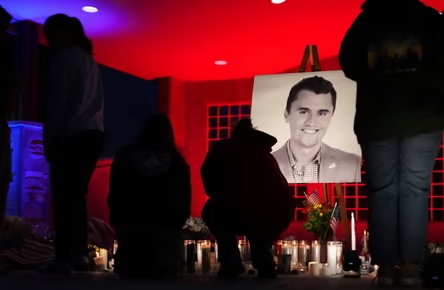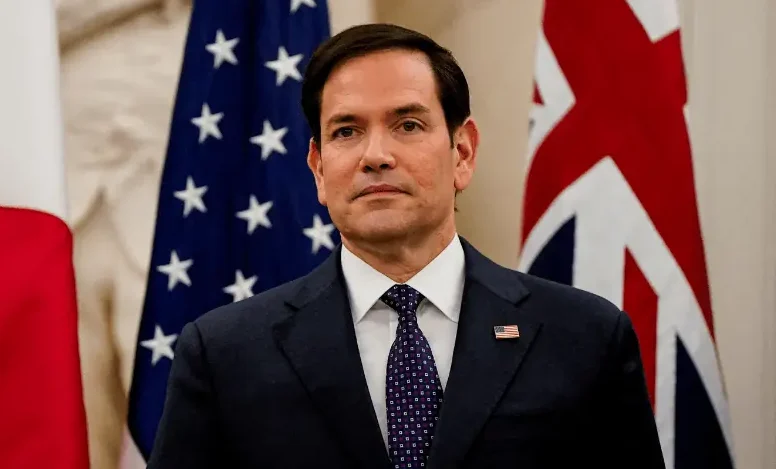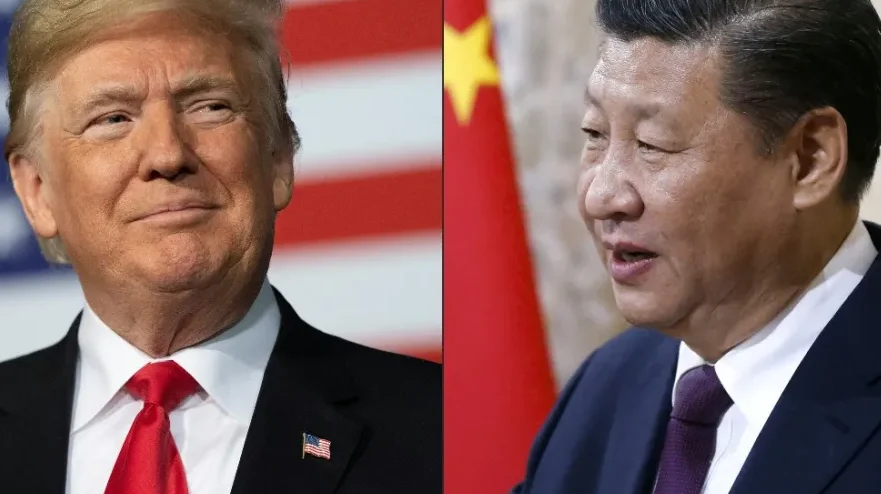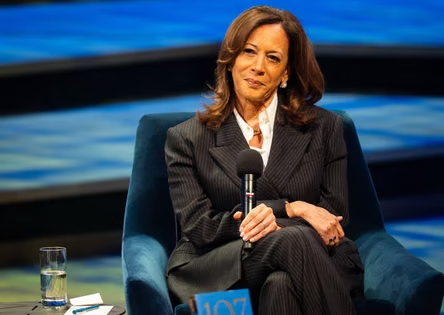The killing of Charlie Kirk has raised concerns that America may be entering a dark chapter of political violence. Social media and easy access to lethal weapons make today’s climate far more dangerous than the 1960s, and experts warn that violence could escalate further.
Kirk’s death comes amid a rise in political attacks in the U.S., where violence has become so frequent that it often slips out of the headlines quickly. The list of incidents keeps growing. Last year, there were two assassination attempts during Donald Trump’s campaign, a firebomb attack at Pennsylvania Governor Josh Shapiro’s home in April, and in June, a Democratic Minnesota state legislator and her husband were shot and killed by a person disguised as a police officer.
In the first six months of 2025, there were more than 520 plots, terrorist attacks, and targeted violent incidents, affecting nearly every U.S. state, leaving 96 dead and 329 injured. According to data from the University of Maryland’s START Center for terrorism studies, this marks a nearly 40 percent increase compared to the first half of 2024.
Attacks with multiple casualties four or more victims killed or injured rose 187.5 percent in the first six months of 2025 compared to last year. Michael Jensen, research director at START, wrote on LinkedIn in late August that the data show “clear warning signs of growing civil unrest in the U.S.”
The killing of a high-profile Trump ally at a public event on a Utah college campus could mark a turning point for political violence but the direction is uncertain. Following Kirk’s death, right-wing voices declared war on the left, some politicians cancelled events citing security concerns, and historically Black colleges went on lock down after receiving threats.
Utah Republican Governor Spencer Cox said at a press conference Friday, “I believe this is a watershed moment in American history.” He added, “The question is, what kind of watershed? We are still writing this chapter. Is it the end of a dark chapter in our history or the start of an even darker one?”
Experts studying political violence note parallels to the 1960s, when killers assassinated figures like John F. Kennedy and Martin Luther King Jr. during times of social upheaval. But two key differences make today’s situation more dangerous: social media and widespread access to highly lethal weapons, said Amy Pet, acting director at START.
Pet explained that the rise of conspiracy theories and online networks has accelerated radicalization, leaving less time to intervene once someone turns to violence.
Why Political Violence is Rising
Multiple factors drive the increase in political violence, including rising public support for it, according to surveys over the past year.
People are dissatisfied with the government, the two major parties, and their ability to create real change. Luke Baumgartner, a research fellow at George Washington University’s Extremism Program, said trust in institutions is eroding. START data show that 35 percent of terrorist incidents in the first half of 2025 targeted government institutions, up from 15 percent in the same period of 2024.
The media landscape is fragmented, and social media algorithms favour polarisation. William Braniff, executive director of the Polarisation and Extremism Research Lab at American University, said prominent voices can frame issues in black-and-white terms, drawing people in.
Braniff said, “We are constantly fed streams of information designed to make us feel righteous anger, especially toward someone else, some other community.”
This year, plots and attacks classified as terrorism targeted various groups: 32 were linked to ideological disputes, 20 targeted immigration enforcement agencies, 13 targeted peaceful government protests, 22 targeted the LGBTQ+ community, seven targeted Muslims, and six targeted immigrants. Among attacks on legislators, 21 targeted Republicans and 10 targeted Democrats.
Baumgartner said that while political violence has historically been dominated by the far right, today’s perpetrators are ideologically diverse and not strictly aligned with a single doctrine.
Braniff added, “People don’t start out as violent extremists for a specific ideology. Their lives have underlying risk factors. Ideology often follows later, after someone is already drawn to violence.”
Politicians’ responses to violent incidents, regardless of the target, can either calm tensions or inflame them further.
Pet noted that condemning violence helps, but context matters. “Are you using the moment to acknowledge and condemn the country’s polarisation, or are you using it to exploit polarisation for your own gain?”
Even after the shooter was arrested Friday, authorities continue to investigate his motives. He had posted common phrases for online gaming communities on the gun he used. Regardless of his political intent, right-wing voices quickly framed his act as a declaration of war, and Trump pledged to go after the “radical left.”
On Friday, Trump told a Fox program that extremist voices exist on both sides of the political spectrum. He said, “Right-wing extremists are often extremists because they don’t see crime… Left-wing extremists are the problem. They are evil, dangerous, and politically savvy.”
Baumgartner warned that calls for war, revenge, or retribution could trigger more violence. “It only takes a grievance plus a gun or some kind of weapon, and you have the recipe for more violence. People don’t need an army to hurt others.”
Prevention Programs Can Help
In Minnesota, the nonprofit Majority in the Middle works to promote civility in politics. Its executive director said that despite ideological diversity within the major parties, people tend to view the other side through the lens of its worst actors. “We compare our best to their worst,” she said.
Breaking out of this mindset is hard for politically active individuals. Watson said encouraging people to build non-political relationships helps. “Once you see someone as multi-dimensional, it’s easier to work through differences rather than just reject them,” she added.
Braniff noted that federal cuts have reduced support for local prevention programs that could stop terrorist and targeted attacks. These programs assess risk factors such as breakups, trauma, exposure to harmful online networks, and access to weapons, and then intervene, for example with counselings or substance abuse treatment.
Some researchers tracking online networks have faced political backlash from Republicans claiming their work infringes on free speech. Pet said resources for these efforts have been diverted elsewhere.
Braniff added, “When attacks happen, part of me always wonders if intelligence analysts were reassigned or focused on other priorities, and that’s why they may have missed warning signs.”
He stressed that more violence is not inevitable. The U.S. has successfully reduced harm from public threats before by investing in prevention, like seat belts or fire alarms. “It only becomes inevitable if we do nothing,” he said. “If we fail to act, yes, the frequency and severity of violence are likely to increase.”






